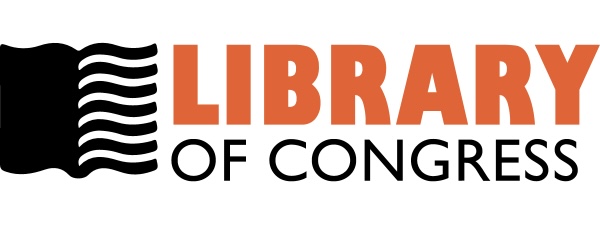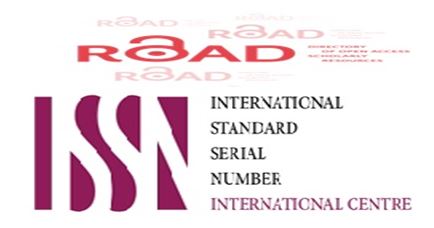Effects of halothane and isoflurane on uterine muscle relaxation during caesarian section
DOI:
https://doi.org/10.32007/jfacmedbagdad.544692Keywords:
isoflurane, halothane, ceasarean sectionAbstract
Background: The use of nitrous oxide- oxygen alone for the maintenance of general anesthesia in obstetrics is associated with an unacceptable incidence of awareness. We have to add inhalational anesthetic drug. But still there is a complaint from the obstetricians regarding the triggering effect of Hallothane on uterine muscle relaxation Isoflurane is inhalational anesthetic drug and recently brought to Iraq.
Objectives : The aim of this study is to evaluate and compare the effect of halothane & isoflurane on uterine muscle contraction in caesarian section.
Patient and method: This is a prospective study done on 40 patients in Medical city hospital /Baghdad /Iraq. They were randomly allocated to either the isoflurane group or halothane group ,(each of 20 patients) . Caesarian sections under Standard general anesthesia were donefor all the patints. Time from the delivery of fetus to full uterine contraction was estimated. Also the surgeon graded uterine relaxation on a ten centimeter visual analog scale; the zero point indicated none & the 10 mark sever relaxation respectively.The need for supplementary doses of oxytocin were recorded.
Results: The surgeons' assessments of uterine relaxation indicated that it was significantly less with isoflurane (P- value less than 0.05 ) and only one patient in the isoflurane group required additional oxytocin as compared to one patent in halothane group. The time required for complete uterine contraction after delivery in patients given isoflurane revealed significant decrease than patients given halothane (P- value less than 0.05 ).
Conclusion: Isoflurane's effect is less than that of halothane on uterine muscle relaxation during caesarian section . This decreases the incidence of awareness during anesthesia.
Downloads
Downloads
Published
Issue
Section
License
Permit others to copy and distribute the manuscript; to extract, revise, and create another derivative
works of or from the manuscript (e.g., a translation); to incorporate the manuscript into a
collective work; and to text or data mine the article, even for commercial purposes, provided that
the author(s) is/are credited; the article's modifications should not harm the author's honor or
reputation; and the article should not be altered in a way that would cause the author to lose them
reputation. The Creative Commons Attribution 4.0 International License (CC BY 4.0) has more
information.




















 Creative Commons Attribution 4.0 International license..
Creative Commons Attribution 4.0 International license..


